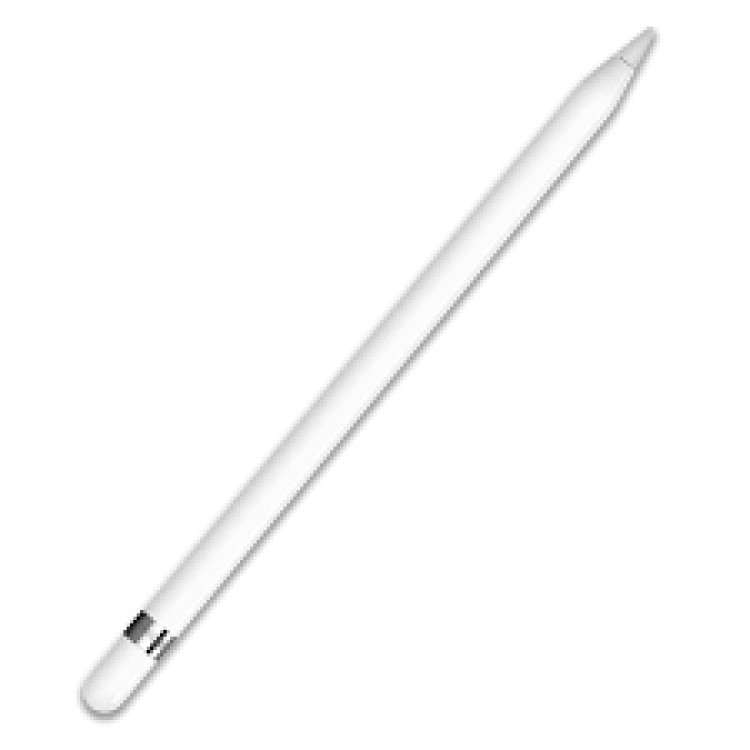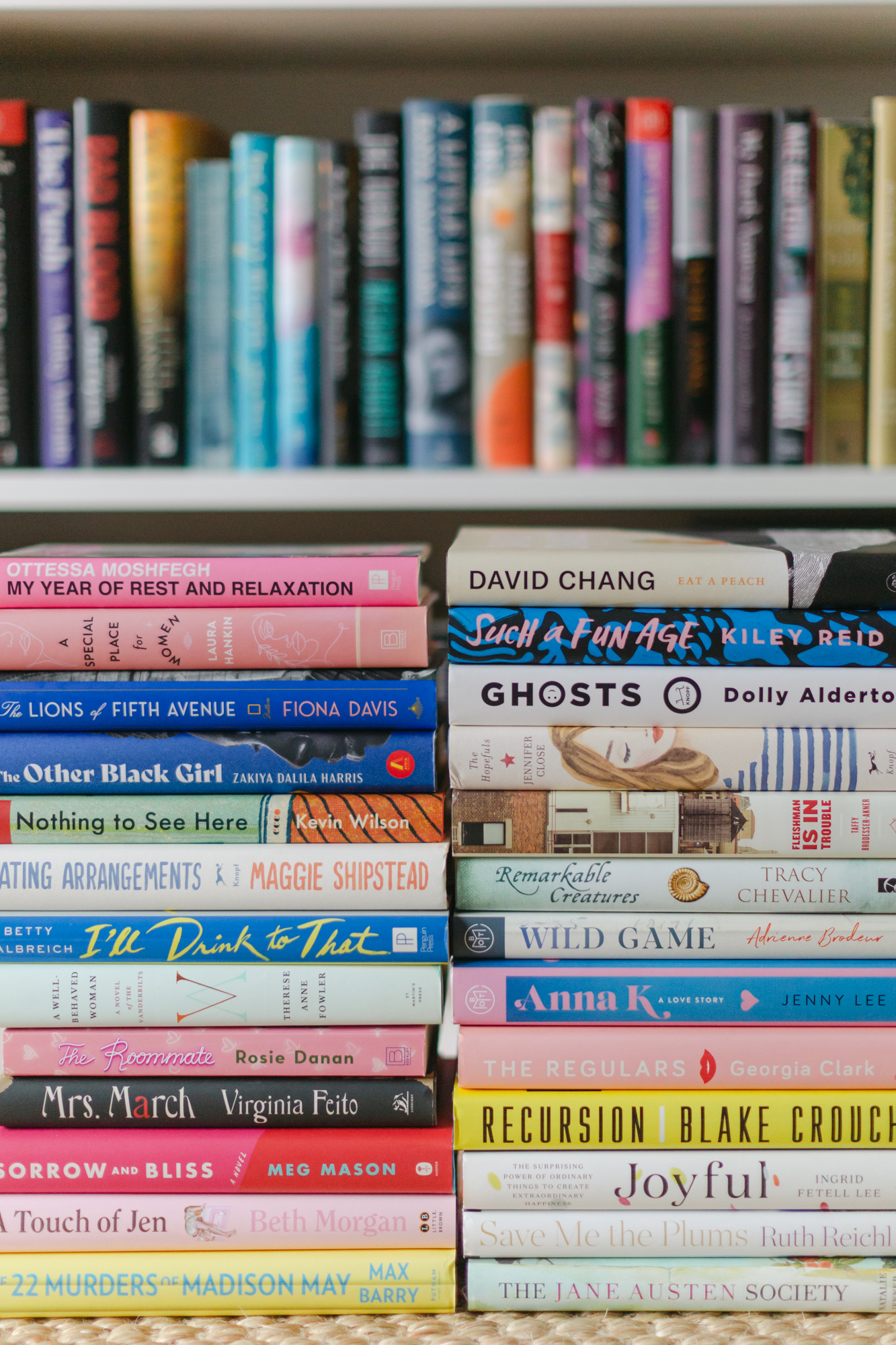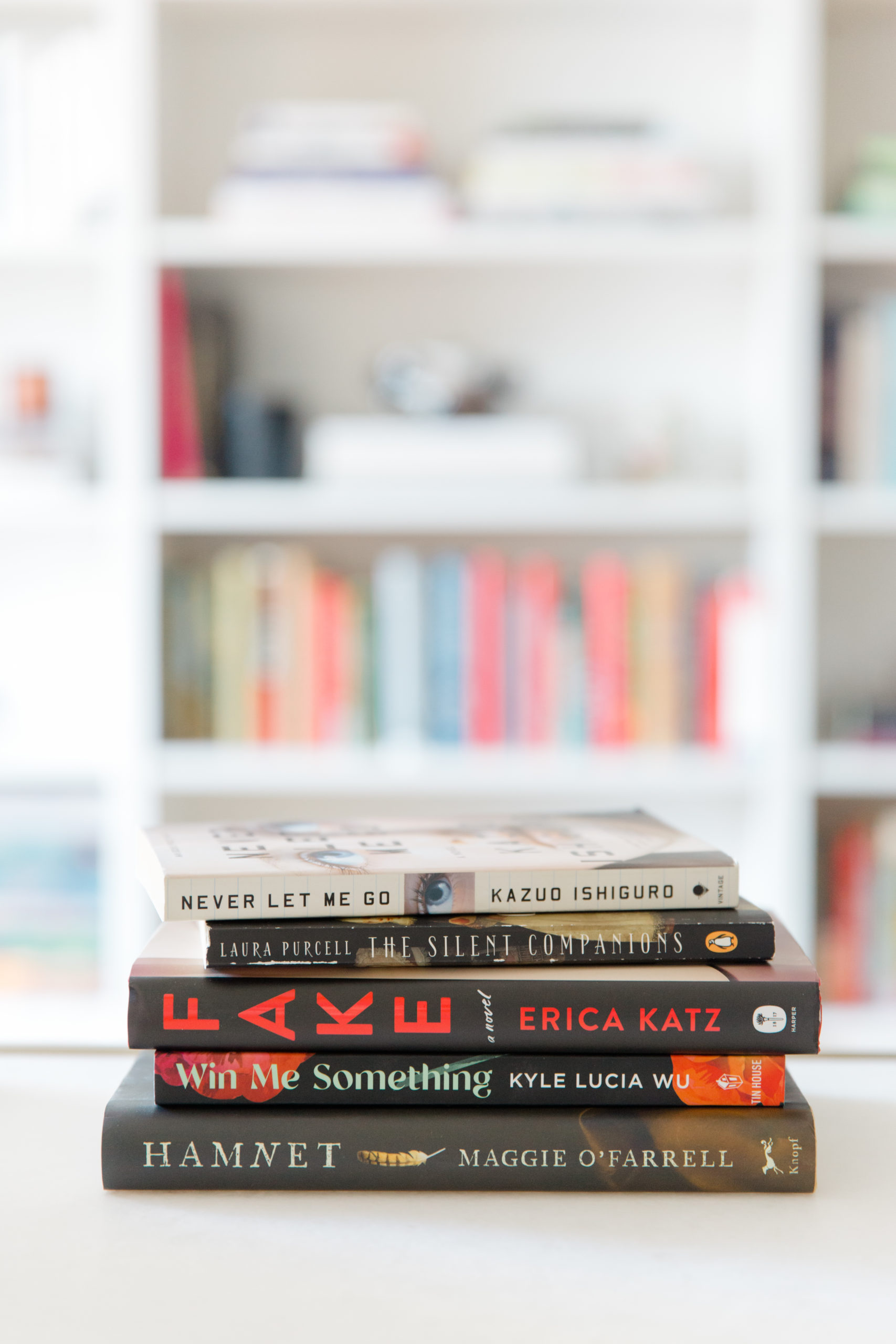How to make the iPad pen
How to make the iPad pen - You have always felt comfortable with your iPad pen : it helps you to write, draw and interact with your tablet in an extremely precise way, and it is also particularly comfortable to use in many situations.

You have always felt comfortable with your iPad pen : it helps you to write, draw and interact with your tablet in an extremely precise way, and it is also particularly comfortable to use in many situations. Unfortunately, the pen has recently stopped working properly and you are aware that it is time to replace it. On the other hand, you believe that the cost of these small devices is often exaggerated compared to the materials they are made of and the simplicity of its principle of operation.
It occurred to you, therefore, that you could try to make a capacitive pen with your own hands: you like to engage in a creative way to do it yourself and in the past you have already come across several tutorials on this subject. You know very well that this is absolutely feasible and you immediately started your research on the Internet to refresh your memory a little, finally arriving at this article.
Well, today is your lucky day! In the next paragraphs, in fact, I will provide you with all the information on how to make the iPad pen by assembling some materials that you probably won't struggle to find at home. Not only that: to give you a complete picture of the subject, I will also explain the technological principles that underlie the operation of a capacitive screen. So are you ready? Perfect! Let's get to work right away! You will see that it will only take you a few minutes to have your new hand-made capacitive stylus available!
Preliminary information
Before proceeding to the practical explanation of the realization of a pen for iPad , I think it is useful to make a brief overview on the operation of a capacitive screen , which is used in almost all devices equipped with a touch-screen .
In this way I am sure that the part of this guide dedicated to the assembly of the iPad stylus will be even clearer to you and you can possibly also adapt the materials and manufacturing methods to your specific needs.
Basically, the capacitive sensing system which iPads (but also Android tablets) are equipped with is able to exploit the set of electric fields generated by the flow of electrons transmitted between human tissue and the surface of the display . The human body, in fact, is equipped with a large amount of electrolytes and the finger, in this respect, represents an exceptional conduction tool.
When the fingers touch the screen, in fact, the flow of electrons generated is distorted and this variation is detected by the electronic device through special sensors placed at the corners of the screen which, in combination with the matrix of film capacitors arranged below the surface of the displays, also allow you to assign a precise coordinate to the contact point.
The capacitive (or passive ) pen that, therefore, you are going to create through this tutorial, basically works in the same way as a finger on the screen (or, even better, it becomes a sort of appendix), but thanks to the thinner shape of the tip allows greater precision in touch and stroke.
How do you say? Are you interested in the topic somewhat and would you like to deepen it? In this case I suggest you take a look at my guide dedicated to the operation of the touch-screen , where you will find a more detailed explanation of the mechanisms that are the basis of tactile electronic devices.
In short, do not believe you can create an Apple Pencil , which is an active pen and works much more precisely than any passive stylus, hand-made or purchased, but for emergency situations, or just to learn something new, this tutorial might come in handy. Good continuation.
How to make the iPad pen
The time has already come to get to work: you will see that it is absolutely not difficult to learn how to make the iPad pen by assembling simple materials that are commonly found in many homes.
As anticipated in the preliminary chapter , the stylus will have the task of facilitating the transmission of electrons from the body to the surface of the display, which in turn will exploit the variations in the dielectric capacity of the capacitors to interpret the contact and identify their position on the screen.
For this reason it is important that the material used is as conductive as possible: in this respect, I find that metal represents the best solution both from a functional and aesthetic point of view .
The first method that I will propose to you, therefore, involves the use of a small metal tube. In this circumstance I took advantage of the old antenna of a radio that is no longer functioning, inserting a sponge inside: the simple contact of the hand with these elements allows, in fact, to directly transfer the flow of electrons without the need for particular expedients.
If, however, you do not have the possibility to find this type of material, you absolutely need not worry: in the next chapter I will show you how to build an iPad pen starting from a common plastic ballpoint pen .
Metal
The list of materials useful for creating the metal iPad pen is really very small: in fact, you will need only a few essential elements, but I advise you, for a successful operation, to pay attention to the various notes I have added.
- Narrow and long metal tube - in this case I used an old antenna , separating the various extensions that make it up and choosing the segment of the most suitable size for the purpose. If you particularly care about the aesthetic side of the project, you can also opt for the body of a metal fountain pen which, however, must be completely emptied of its internal components.
- Dish sponge - it is essential to find one made of vegetable cellulose , an organic compound that is particularly conductive. Other types, in fact, would need to be continuously moistened to favor the transmission of electrons. Furthermore, it is absolutely important that it is not impregnated with detergent and that it is at the same time as rigid as possible to limit any deformation following a long use.Spontex Doppiouso, Absorbent Vegetable Sponge, Anti Grease, 2 Units
The first thing to do is to use scissors to obtain a strip of sponge as long as the metal tube and slightly wider than the hole, using the softer part of the same and eliminating, if present, the rough one, which could scratch the display surface.
Next, it will be necessary to insert the sponge strip inside the tube , leaving about one centimeter of it protruding from the hole: the task is made rather easy by the flexibility of the material in question, which adapts easily to the shape, but you can possibly use a screwdriver or awl to force introduction.
Now, it is important to wrap the transparent tape between the part of the sponge that comes out and the metal tube , in order to better contain the tip and make sure that the end takes on a more regular shape. Obviously, the tape should not cover the top of the pen, in order not to interfere with the transmission of electrons.
The newly created pen works perfectly on any capacitive screen, and is therefore compatible with all tablets equipped with this technology. I recommend that you test, first of all, the essential functions of the stylus, verifying that the selection of the main buttons of the device are correctly recognized.
Next, try for example to write freehand on an app to take notes , or test it on an app for drawing : the line certainly cannot compete with the finishing of factory products, but I am sure that you will be pleasantly surprised by its potential. .
Plastic
Plastic , as I imagine you will already know (or you will have guessed from reading the previous paragraphs), by itself cannot transmit electrons to a capacitive screen: it is therefore necessary to introduce an element that allows, through the handle, to facilitate the passage of energy from the hand to the tip of the pen.
The possibilities from this point of view are many, but the result from an aesthetic point of view will probably be less pleasant than that made with metal parts. Given these opportune premises, it is not absolutely difficult to understand how to build a capacitive stylus for iPad using a simple disposable ballpoint pen, perhaps unloaded and about to end up in the garbage.
To begin with, get everything you need that, for convenience, I have listed below.
- A plastic pen
BIC Ballpoint Pens, Blue Color, Cristal Original, Great for School, ...
procedure starting from the pen , which must be emptied of all its contents: then remove the tip, the tube with the ink, the caps and any spring and keep only the plastic wrapping.
Now, cut a strip of sponge (removing, if present, the rough part) thin enough to be able to be introduced inside the pen for its entire length, so as to make it protrude just one centimeter from the back (the tip, in fact , it is too narrow and is not suitable for the purpose).
At this point, take the aluminum foil and wrap it around the pen, so that the top end is in contact with the sponge. I advise you to fix the aluminum to the pen with scotch tape in several places and, in particular, to try to tighten it on the tip in order to contain the sponge and make it as conical as possible . Be careful, however, not to cover the upper part, which will have to interact with the capacitive screen without obstructions of any kind.
If you do not like the aluminum cover very much, you can alternatively use an electric cable : in this case you will have to strip the two ends, removing the plastic sheath to make sure that the copper wires come into contact with both the sponge and the handle, then fixing them with transparent adhesive tape in the same way as previously seen.
All you have to do is try the capacitive pen on your iPad, other tablet or smartphone: you will soon realize its efficiency, but I am also convinced that at the same time you will feel particularly proud of your dexterity and, which never hurts, to have saved something thanks to your initiative. I sincerely hope you enjoyed this tutorial as much as I did!
ATTENTION: the tutorial you have just read has been published for informational purposes only. I take no responsibility for any domestic accidents or damage to the tablet screen caused by incorrect application of the indications given.

















